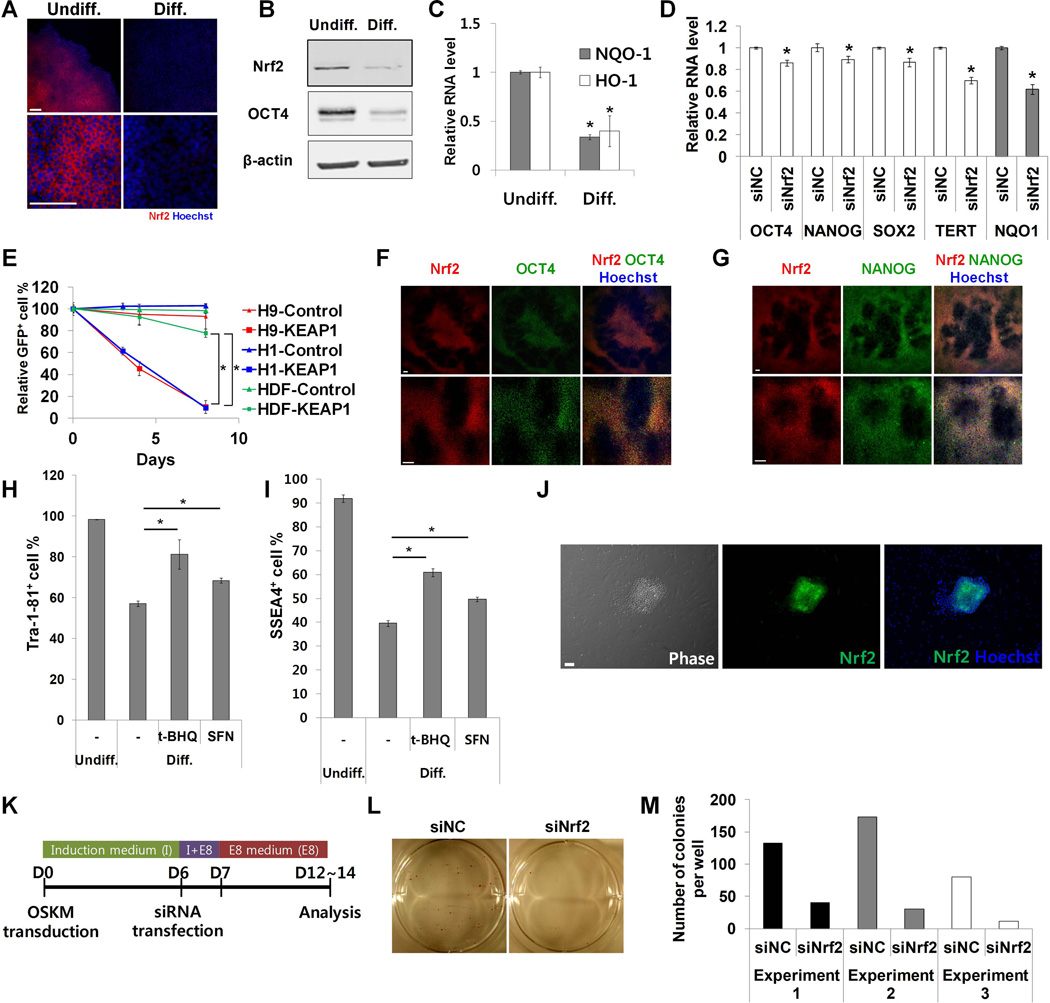Figure 1. Nrf2 controls self-renewal and pluripotency in hESCs.
(A) Undifferentiated and differentiated H9 cells were immunostained with anti-Nrf2 antibody. (B) Cell lysates from both undifferentiated and differentiated H9 cells were analyzed by western blot. (C) The expression of Nrf2 target genes (HO-1, NQO-1) was analyzed by qPCR in H9 cells during differentiation (n=4). (D) Pluriptency gene expression was analyzed by qPCR in H9 cells transfected with either control or Nrf2 siRNA (n=4). (E) Human ESCs (H1 and H9) and human dermal fibroblasts were transduced with lentiviral vectors expressing KEAP1 together with GFP and then mixed with untransduced cells. The pecentage of GFP+ cells was monitored (n=6 for H9 and HDF, n=3 for H1). Cells transduced with lentiviral vector expressing GFP only were used as control. (F,G) Differentiating H9 cells were co-immunostained with antibodies against Nrf2 and OCT4 (F) or Nrf2 and NANOG (G). (H,I) H9 cells were differentiated with t-BHQ (20 µM) or SFN (3 µM) and immunostained with anti-Tra-1–81 (H) and anti-SSEA4 (I) antibodies, followed by flow cytomety analysis (n=6). (J) Human dermal fibroblasts were reprogrammed with four factors (OCT4, SOX2, KLF4, c-MYC) in feeder-free system. Emerging colonies were immunostained with anti-Nrf2 antibody. (K) Human dermal fibroblasts were transduced with lentiviral vector expressing four factors together with dTomato (Day 0). Cells were transfected with Nrf2 siRNA on day 6 post-transduction and were analyzed on days 12–14. (L,M) Reprogrammed colonies were stained for alkaline phosphatase (AP) activity and AP+ colonies were counted. Error bars represent standard deviation. *: p<0.01 (Student’s t-test), Scale bar, 100 µm, t-BHQ, tert-Butylhydroquinone, SFN, sulforaphane.

